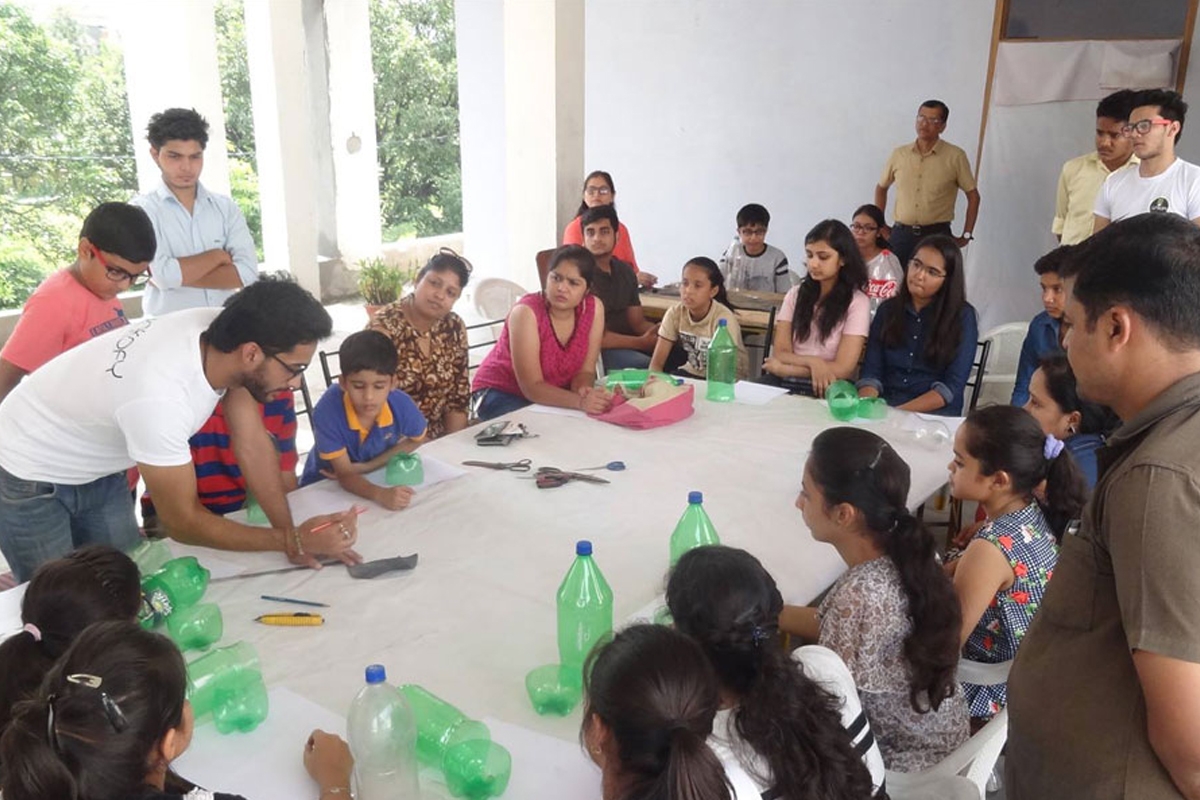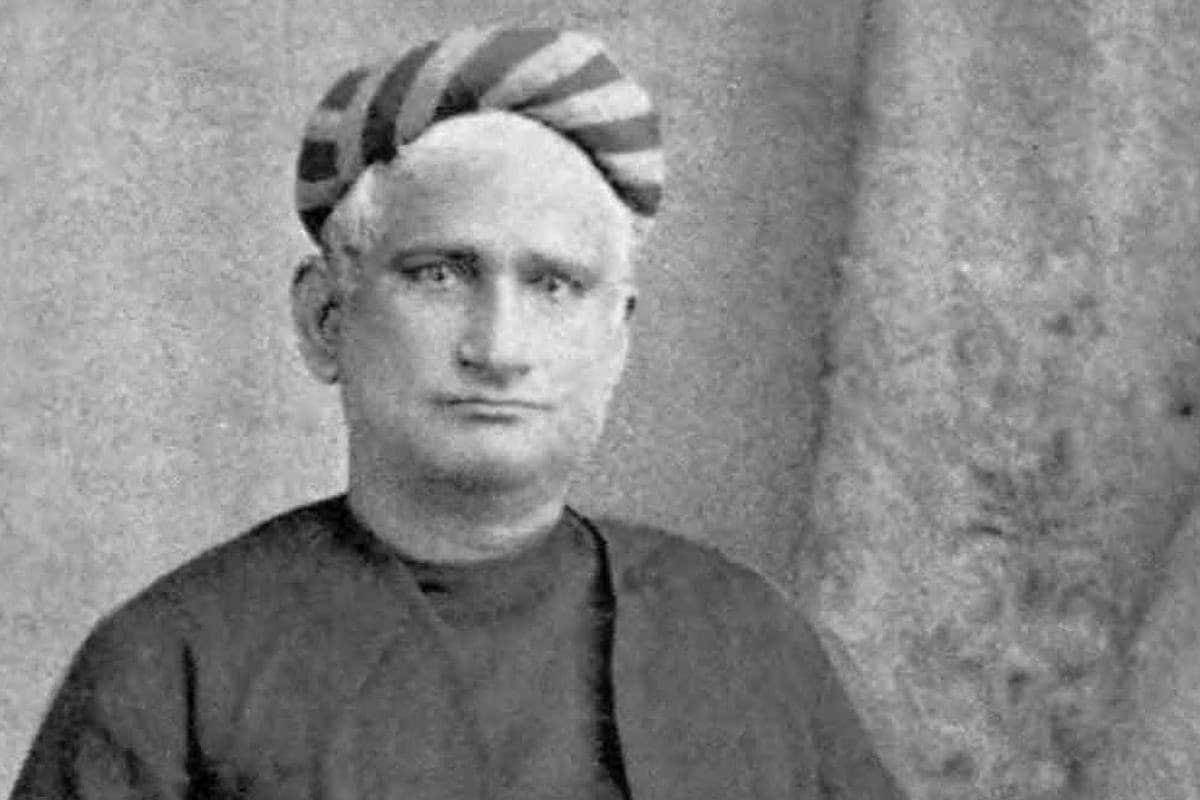What India’s top scientists do in the heavily guarded, ultra-modern headquarters Indian Space Research Organisation (ISRO) in Bengaluru, a group of engineering students in Odisha are trying to do, in a modest way, in their college lab — building recoverable and reusable satellites and rockets.
The project may sound incredible and audacious, but Bodhisattwa Sanghapriya and his team of around 40 students from different engineering disciplines at VSS University of Technology (VSSUT), Burla, are determined to make it a success. Their booth at Maker Fest is swarmed by 100s of school kids ignited by this demo.
The team has built CanSat (a type of satellite with a payload of 350 grams), which will be launched by a rocket. On reaching a height of over 13,000 ft in the sky, the rocket will deploy the satellite that would digitally monitor the real time scenario of the Hirakund dam, one of the longest dams in the world built across the Mahanadi river in Odisha.
The satellite, named v2.0, will transmit data to the ground station before it is retrieved for reuse.
“We wish to lay the foundation of our space faring journey with this small step. Ultimately, we plan to work in collaboration with ISRO to launch our very own satellite v2.0 into a geosynchronous orbit to study the eastern coastline of India,” said Sanghapriya, a third year engineering student at the helm of the team.
The team has showcased the design of CanSat and the rocket at the ongoing January 6-8 Maker Festival in Ahmedabad, a pioneering event for young innovators and startups introduced in India in 2013 by Asha Jadeja Motwani, a US-based serial angel investor, entrepreneur and backer of IT startups in India.
“This is what Maker Fest is trying to showcase: The power of problem solving by citizen!” said Asha.
For funding the project, Maker Fest is seed-funding the team initially. After the initial trial, they will need financial support for the fuel to ensure that the data on the dam can be collected every year. They plan to approach the government industry and venture capital for Phase 2 support.
Hirakud dam, built in 1957 and having a length of 26 km, is a multipurpose scheme for flood control, irrigation and power generation.
“Hirakud dam is the lifeline of Odisha. Unfortunately, there is not much data available about the dam and its problems. Our dynamic scanning system will try to digitally monitor rate of siltation, amount of sedimentation, seepage, flood control, irrigation, hydel power generation, seismic analysis and structural stability of the dam on a real time basis,” Sanghapriya said.
Estimate on silt deposit will be carried out using a sounding rocket, which has already been designed in R&D Lab of VSSUT.
“We plan to launch the rocket using solid propellant from the Cattle Island within three-four months. Lithium polymer batteries will be used to operate the satellite,” he pointed out.
The most precise and highly accurate data collected will be analysed using software also developed by the team. It will be then provided to the authorities who can take remedial and necessary action for proper water and flood management for the nearby agricultural areas and the better upkeep of the dam.
“This program intends to prepare students for an exciting and technical journey, even if it means embarking on a path fraught with challenges,” Sanghapriya said.
The students have already held discussions with dam authorities and they also participated in International Innovation Festival, Bangalore- 016, organized by Indian Inventors Association (IIA).



